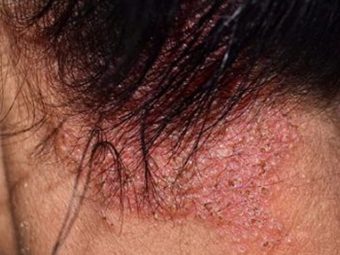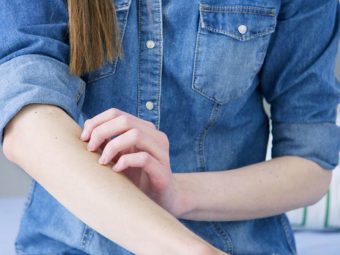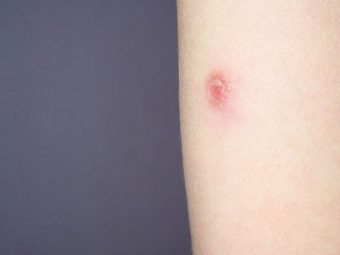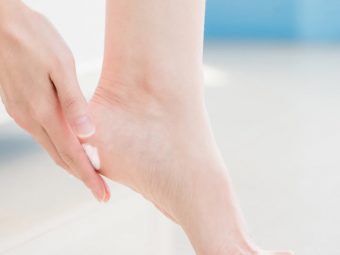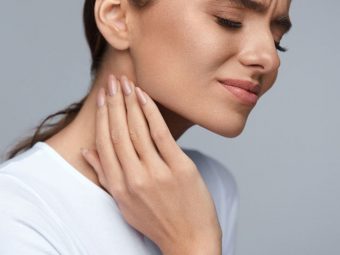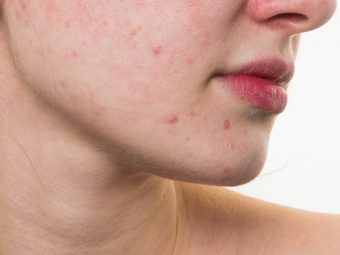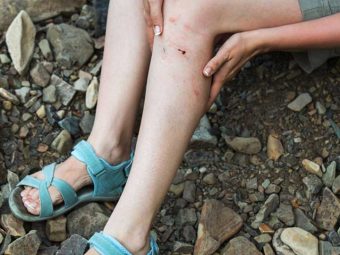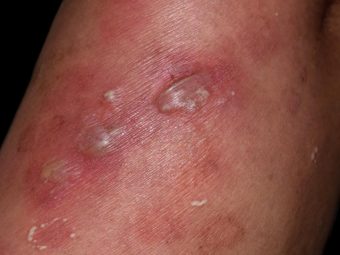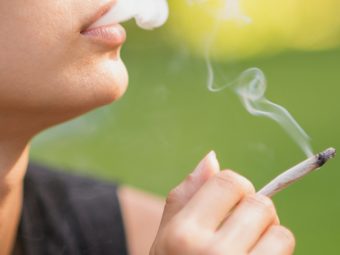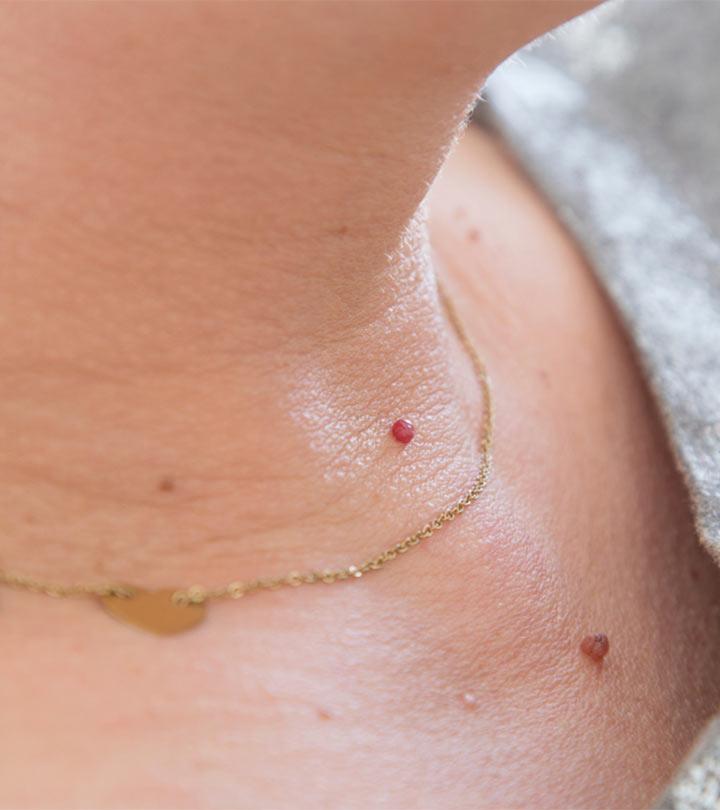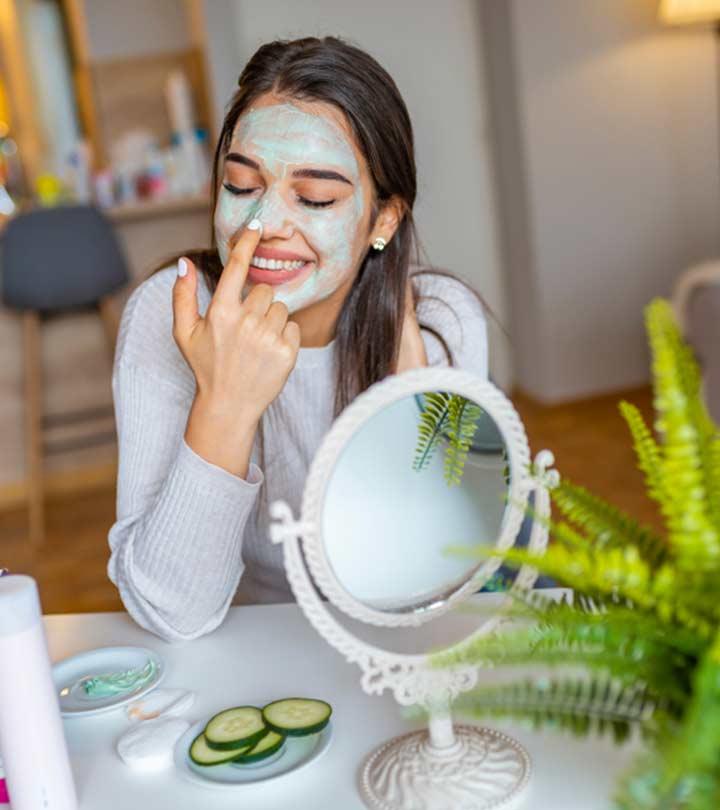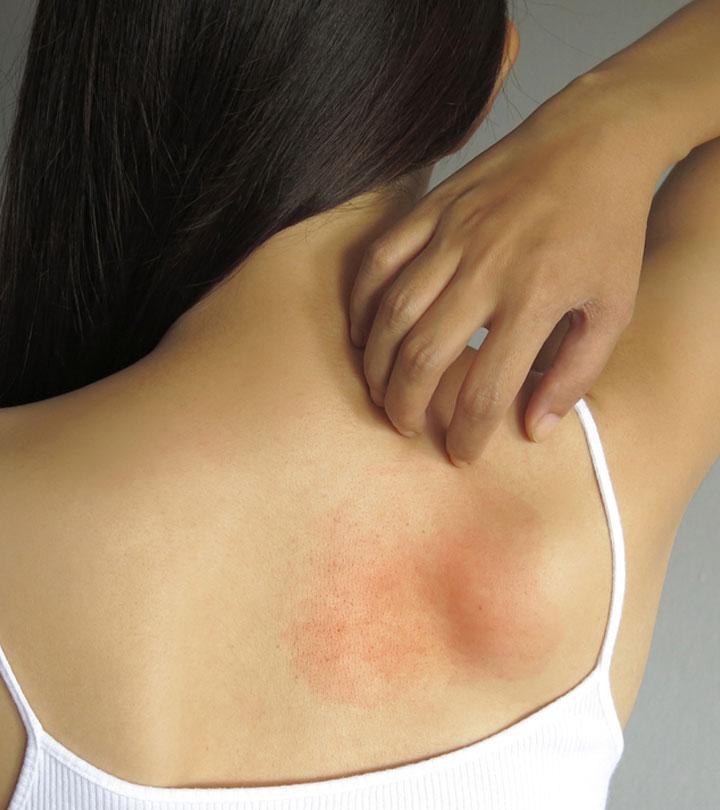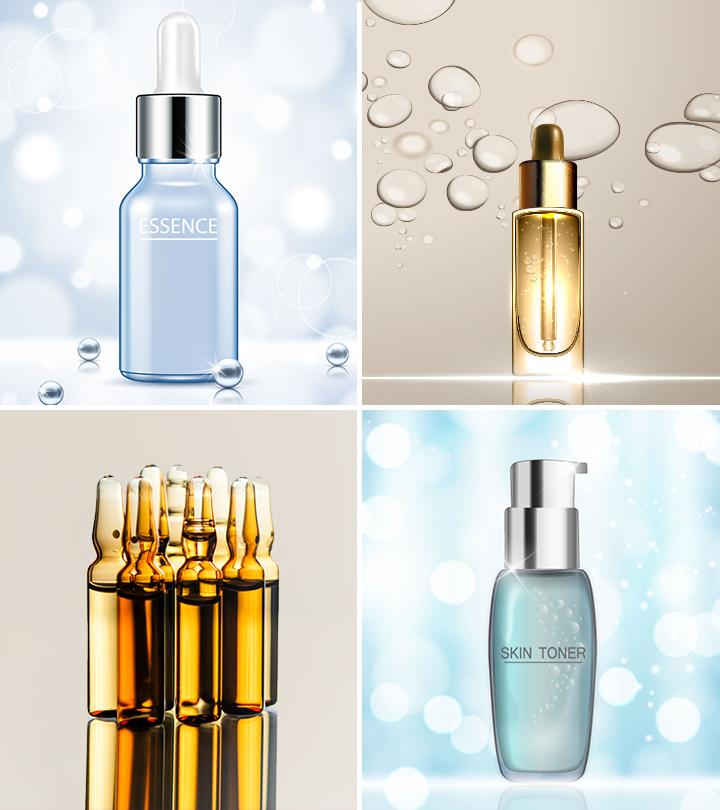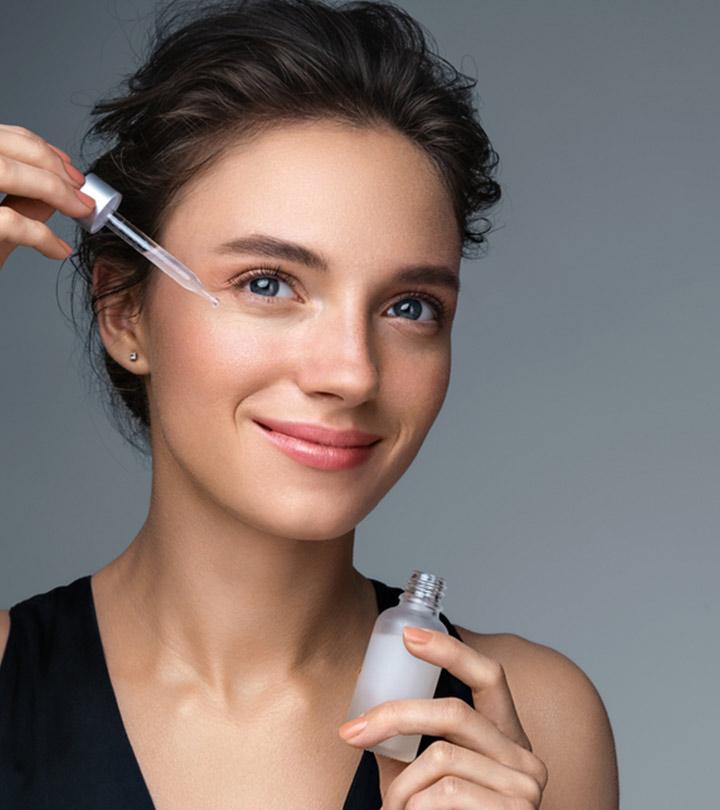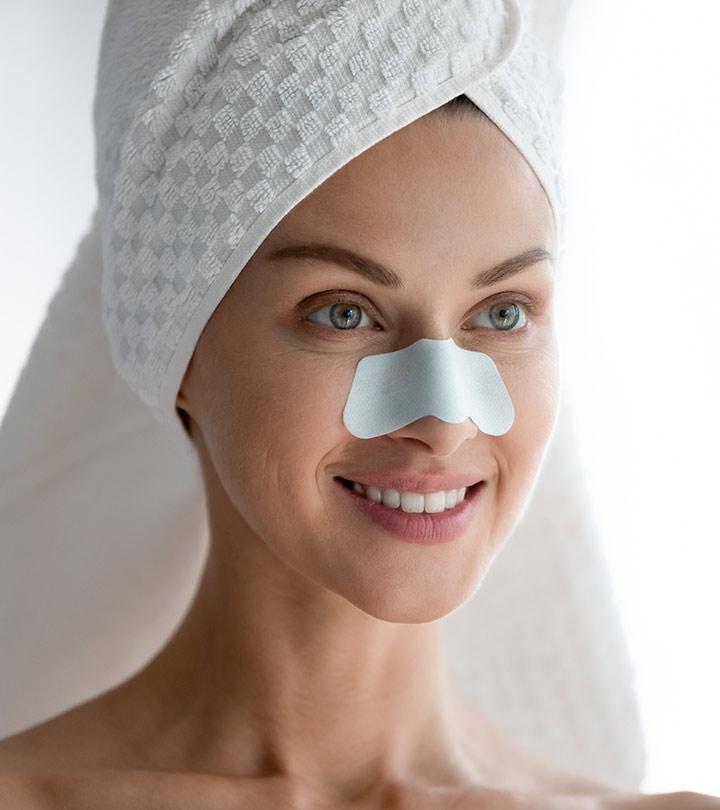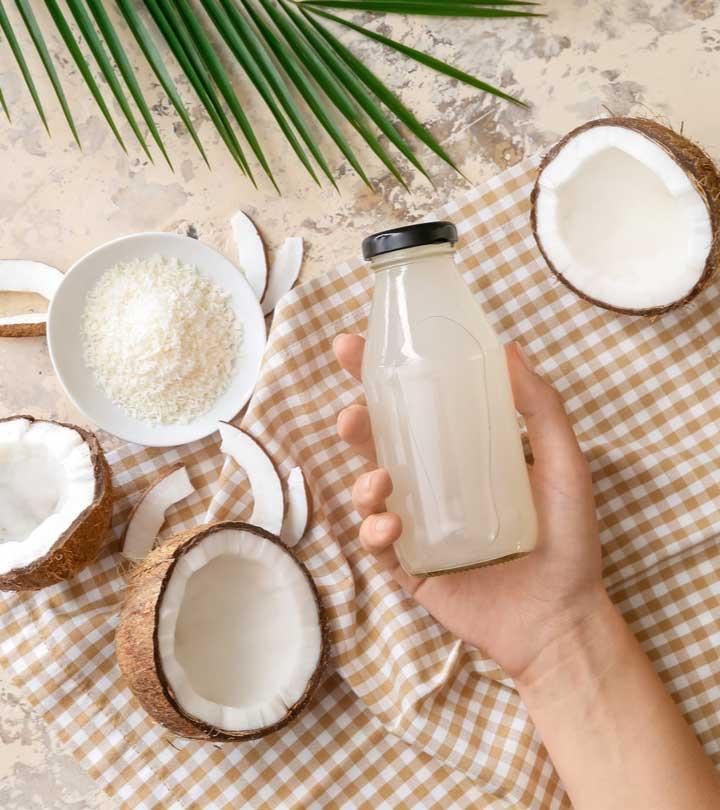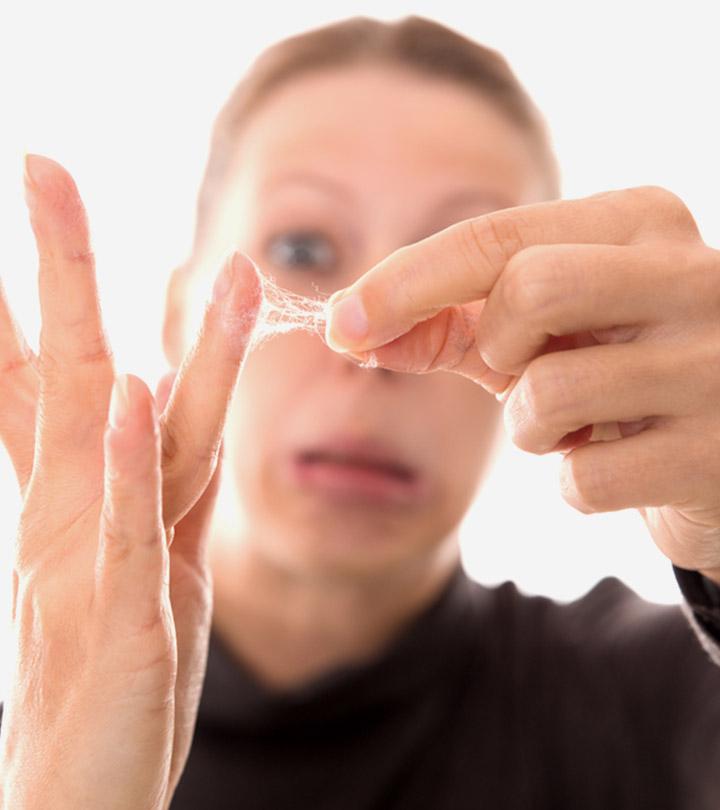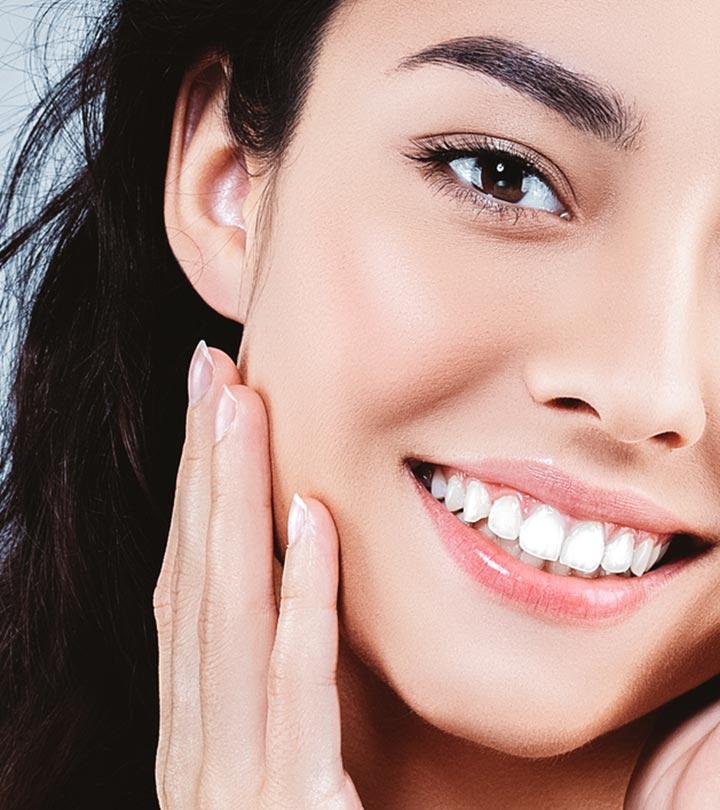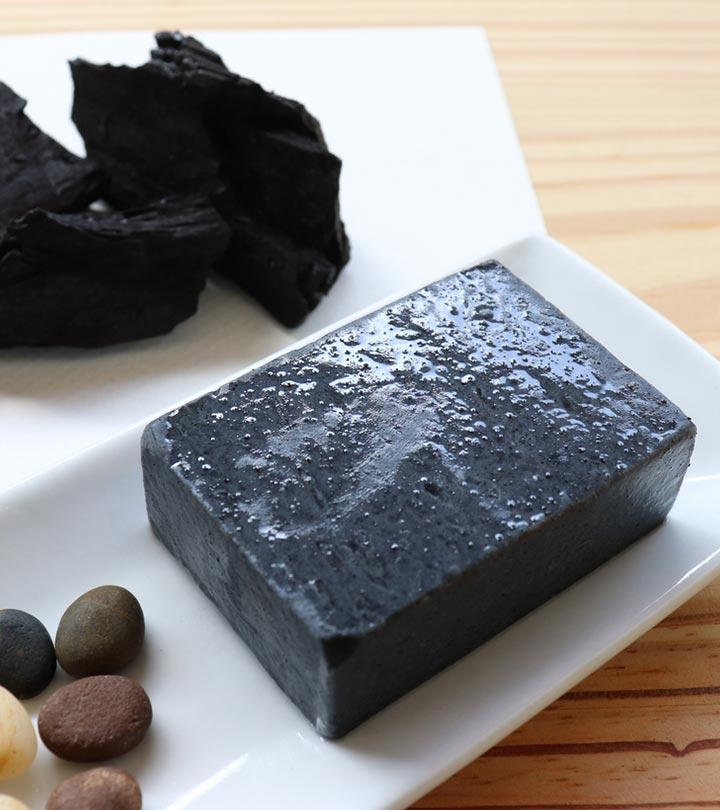Skin Abrasions: Causes, Signs, Treatment, And Prevention Tips
Understand the common causes and easiest ways to deal with these wounds.

Image: Shutterstock
Skin abrasions, scrapes, or ‘raspberries’ are pretty common injuries. They occur when your skin rubs against a rough surface, scraping off the top layer. Abrasions are superficial wounds and heal easily. And that is why most of us think of them as no big deal. However, they can get infected if ignored. This article explores the common causes and symptoms of abrasions and scrapes on the skin and how to treat them properly.
In This Article
What Are Skin Abrasions?
Skin abrasions are minor open wounds that occur when the top layer of the skin rubs against a surface. They are also known as scrapes or graze. Abrasions are also called road rash (and raspberries or strawberries) when you get them during outdoor activities and slip on hard surfaces.
Skin scrapes or abrasions can be minor or severe. Minor abrasions heal quickly. However, large and deep-seated abrasions may lead to infection and scarring. Let’s understand in detail.
Degrees Of Skin Abrasions, Causes, And Their Symptoms
Abrasions are classified into three types (1):
1. Linear or Scratch Abrasions
Linear abrasions are minor scrapes or scratches caused by pointed or sharp objects, not sharp enough to cause an incision or cut. For instance, fingernails and pins may scratch the skin and remove a portion of the skin surface. This type of abrasion is mild and does not bleed.
2. Grazed Or Brush Abrasions
Grazes are injuries where the top layer of the skin is scraped off and is commonly caused when you slide or fall, and the skin is dragged against hard surfaces, especially during sports fall or road accidents. They can be extensive and are also known as brush burns. Grazed or brush abrasions may bleed mildly.
3. Patterned Abrasions
This type of abrasion is caused by an object that impacts the skin vertically. In patterned abrasion, the shape of the injury reflects the inuring object, which is regarded as the imprint of the object. This type of abrasion is also called impact or pressure abrasion, depending on the duration of contact of the injuring object. These are often caused by blows and collisions (with weapons or objects) during accidents. Such abrasions may cut deeper than the second layer of the skin or dermis and bleed heavily.
 Trivia
TriviaWhile minor scrapes may heal on their own or with basic first aid, severe abrasions should be taken seriously. When the skin rubs against surfaces, especially on roads, it is exposed to dirt, dust, sand, and other objects. This increases the risk of infection. Here is how you should treat abrasions.
Treating Skin Abrasions
Dr. Michael K. Newman, a board-certified plastic surgeon, shares a few tips on treating skin abrasions. He says, “Hands should be clean and washed. Taking care of the wound with hands contaminated with common germs increases the risk of infection later.”
After you have cleaned and disinfected your hands, he suggests, “Clean and rinse the abrasion. For a few minutes, soak the afflicted region with lukewarm tap water. Do not clean the wound vigorously. Instead, remove any dirt or other debris as carefully as possible. Apply a thin coat of petroleum jelly or antibiotic ointment to the affected area. This will help avoid infection by keeping the afflicted region wet. If you experience a rash or redness due to using an antibiotic ointment, stop using it immediately.”
Antibiotic ointments are great to speed up the healing process and prevent an abrasion from getting infected. The ointment helps keep the wound moisturized to reduce the risk of it cracking or tearing as it heals, and the antibiotic properties of the ointment will keep bacteria from entering the abrasion.
Also, you should avoid covering the wound and leave it open. Board-certified dermatologist Dr. Anna Chacon explains, “This is particularly important as covering the abrasions sometimes does not allow proper oxygenation or healing. In addition, it is important to note that many individuals have an allergy to adhesives, such as tape. It is best to simply apply Vaseline petroleum to the affected areas.”
A blogger shares his method of treating road rash. He applies an antibiotic cream on the wound and wraps Saran around it. Since the wrap doesn’t provide much padding, he adds some over it. He wrote, “I leave the plastic wrap as it is and then add gauze, a paper towel (i).”
Do not touch the wound site as it may increase the risk of infection. Visit the doctor immediately if you suspect an infection.
Signs Of Infection To Look Out For
Mild linear scratches and abrasions heal quickly. However, severe abrasions may get infected if treated improperly. If you have treated your wound at home, consult a doctor immediately if you experience these signs of infection:
- Wound not healing after several days of at-home treatment
- Excessive pain on the wound site
- The abrasion appears red, swollen, and warm to touch
- Red streaks around the wound site
- Unusual and foul-smelling pus discharge
- Fever
While you should visit a doctor if you suspect an infection, you should not take chances with grazed and patterned abrasions. Visit a doctor immediately if:
- The abrasion is caused by an accident
- You experience heavy bleeding
- The bleeding does not stop after applying pressure for several minutes
- The abrasion is located on your face or around the eyes and is large
- The area feels numb
- The cut is deeper than ¼ inch
- You are unable to clean and treat the wound yourself
- The scrape is caused by a rusty or extremely dirty object
Dr. Chacon adds, “The individual should be careful while the abrasion heals to avoid the risk of infection by avoiding touching the area excessively or contaminating the area. In addition, it is also helpful to avoid applying abrasive products, such as alcohol-based products or irritants, to this area, which may lengthen the time that is necessary to heal. If someone is at high risk of infection or has a propensity towards secondary infection, they may need an oral and topical antibiotic from the dermatologist.”
If you have not received an updated tetanus shot in the last 5 years, you should visit a doctor. Proper treatment also helps prevent unwanted scarring. Also, you should avoid scratching and picking the scabs as that will cause inflammation and increase the risk of scarring. In some cases, a small wound, such as a scratch or pimple can become an abrasion if not cleaned and handled properly. While you shouldn’t pick at pimples and smaller scabs, if you accidentally do so, be sure to cover them with adhesive bandages. Your fingernails are covered in bacteria and can cause infection. In addition, picking at scabs will hamper the wound healing process.
 Fun Fact
Fun FactTake protective measures to avoid abrasions. Here are a few tips.
How To Prevent Skin Abrasions
- Wear covered clothing, such as pants, long-sleeved shirts, and tops.
- Wear protective gear, such as gloves, safety goggles, closed-toe shoes, and glasses, when working outdoors and playing a sport.
- Wear helmets and protective pads for the elbows, knees, and hands during sports to avoid skin trauma.
- Ensure that your tetanus shot or booster is updated.
- Be careful when handling sharp-edged tools and kitchen supplies to avoid accidental scrapes.
- Review your home and workplace for any risks and possible hazards.
- Keep your first-aid kit well-stocked with antibiotic ointment, bandage, gauze, and a microfiber cloth.
Skin abrasions are tiny open wounds caused by the top layer of the skin rubbing against a surface. They are extremely frequent, and a majority of minor scrapes heal quickly. On the other hand, serious abrasions require fast and careful treatment to avoid infection and scarring. Remember to keep antibiotic ointment, bandages, gauze, and a microfiber cloth in your first-aid kit. Therefore, it is preferable to see a doctor if the cut is serious and you are experiencing bleeding. Take basic aftercare steps and resist the impulse to pick at the scab to avoid scarring.
Frequently Asked Questions
How long does skin abrasion take to heal?
Skin abrasion may usually heal within 3 to 7 days.
Does coconut oil heal skin abrasion?
Coconut oil may help treat wounds (2). However, it may also cause irritation if applied to cuts and scrapes. It is better to discontinue if you experience discomfort.
Key Takeaways
- Skin abrasions are minor open wounds that occur when the top layer of the skin rubs against a surface
- To treat an abrasion, apply a layer of vaseline or antibiotic ointment after washing and drying the wound, and leave it open as covering abrasions may not allow proper oxygenation or healing.
- It is essential to seek medical attention if the abrasion bleeds heavily, is deep or shows signs of an infection.
This explanatory video gives a quick insight into a skin abrasion, what they are and how to treat them effectively. The expert advice will shed light on the essential precautions to be taken while dealing with skin abrasions.
Personal Experience: Source
StyleCraze's articles are interwoven with authentic personal narratives that provide depth and resonance to our content. Below are the sources of the personal accounts referenced in this article.
(i) Healing Road Rash After a Crash; with Saran Wraphttps://indiebike.wordpress.com/2010/05/05/healing-road-rash-after-crash-with-saran-wrap/
References
Articles on StyleCraze are backed by verified information from peer-reviewed and academic research papers, reputed organizations, research institutions, and medical associations to ensure accuracy and relevance. Read our editorial policy to learn more.
- Abrasion
https://www.ncbi.nlm.nih.gov/books/NBK554465/ - [Wound management with coconut oil in Indonesian folk medicine]
https://pubmed.ncbi.nlm.nih.gov/12063927/ - What Are Vesicular Skin Lesions? The Complete Guide
- What Is Cyanosis And How To Treat It?
- What Is Discoid Eczema And How To Treat It?
- Cyst Vs. Boil: How To Identify, Causes, Symptoms, And Treatment










